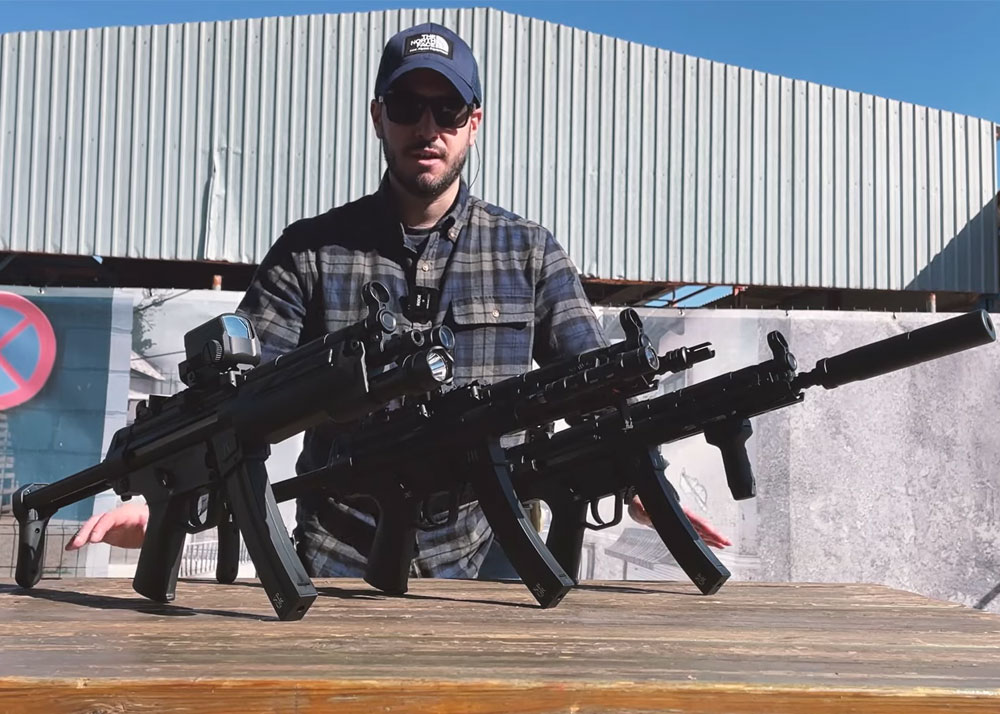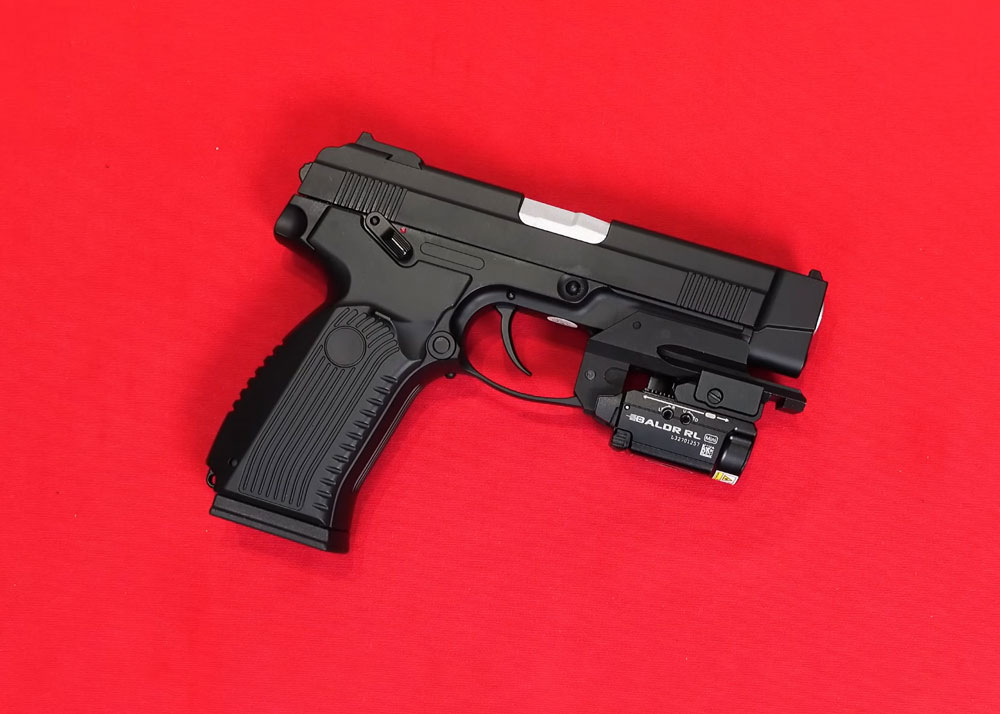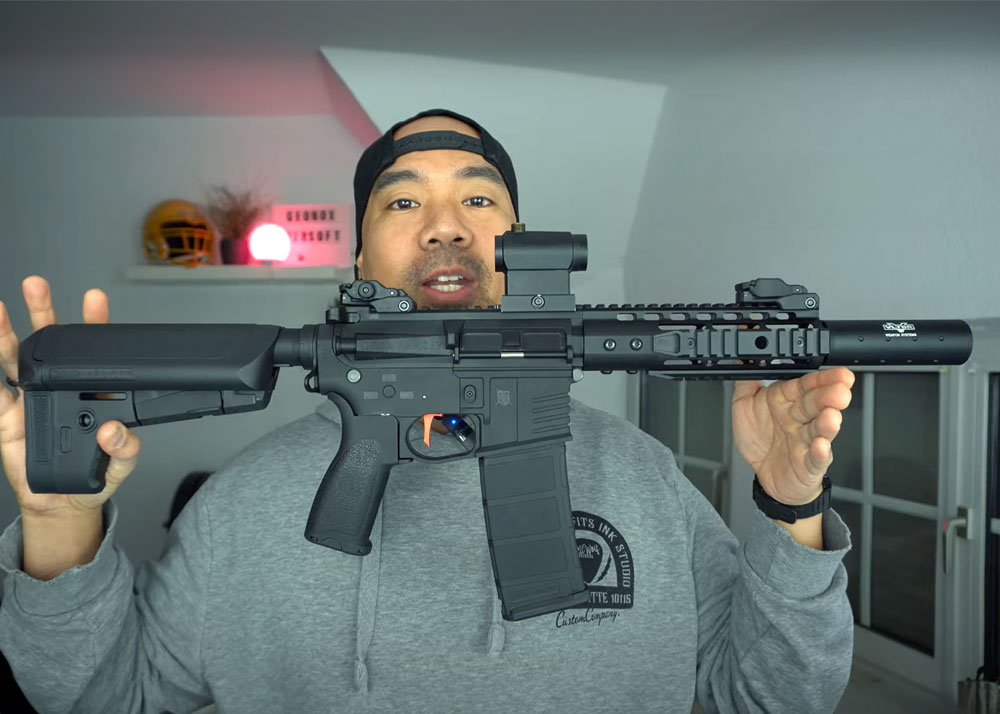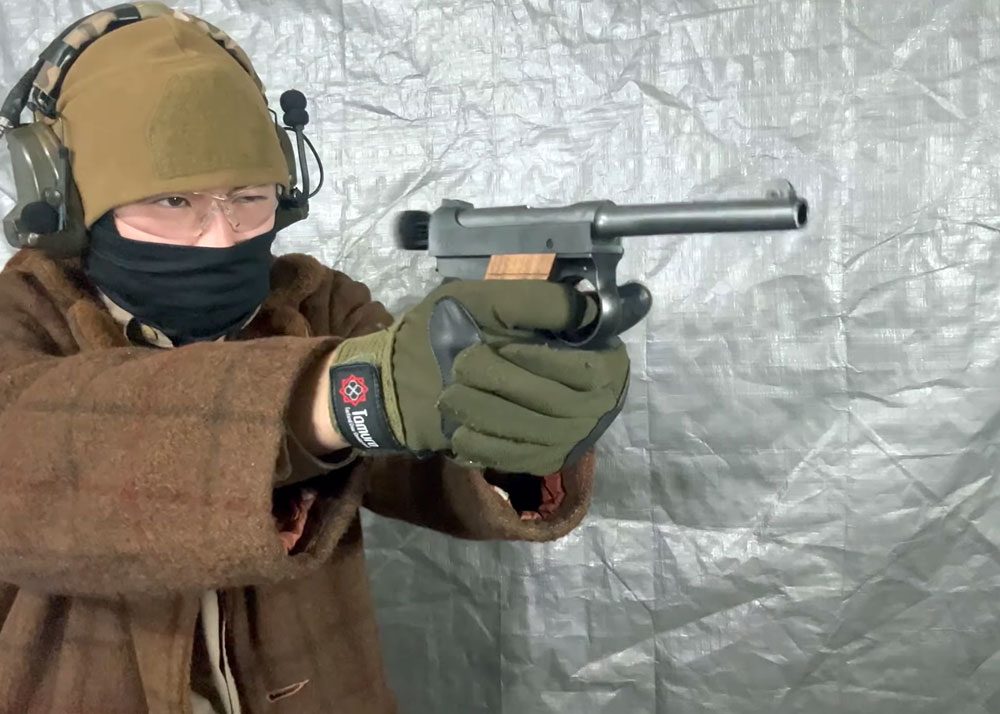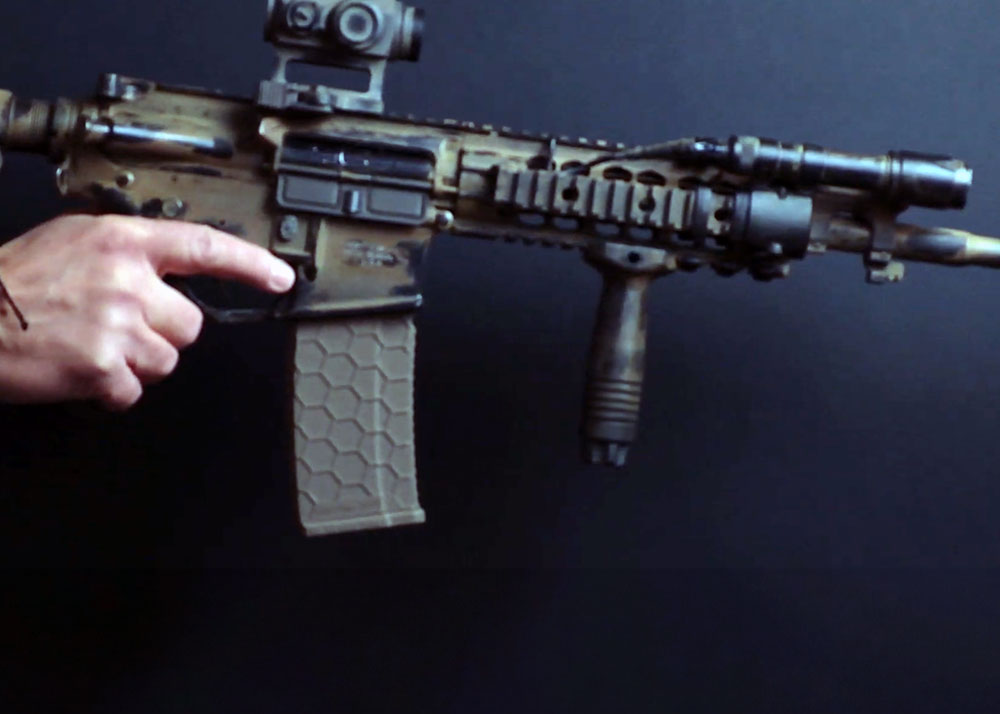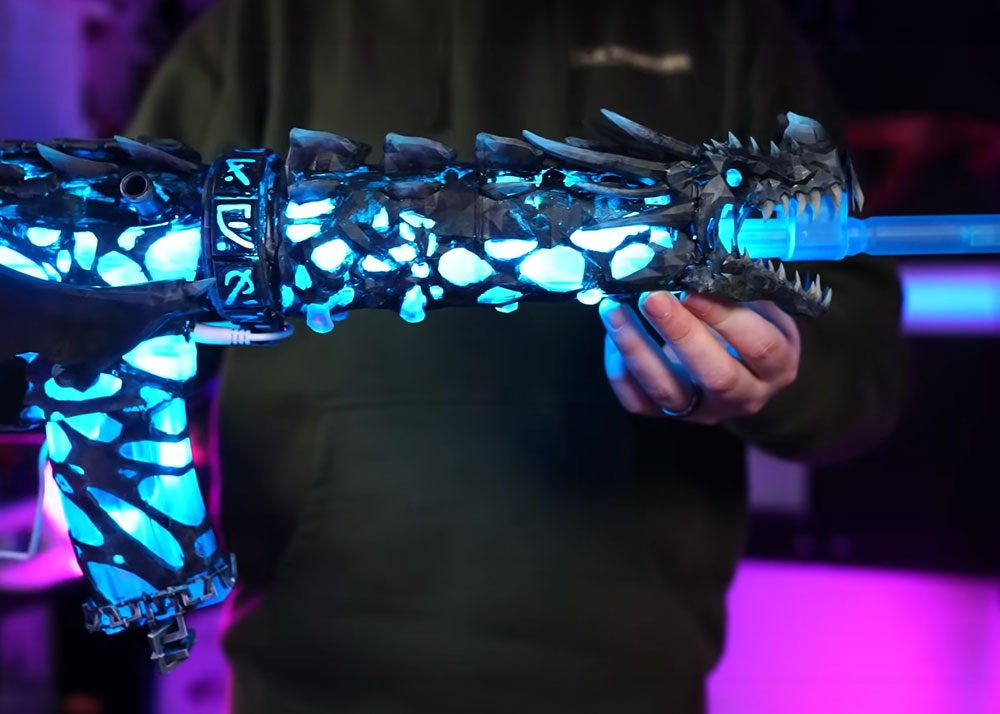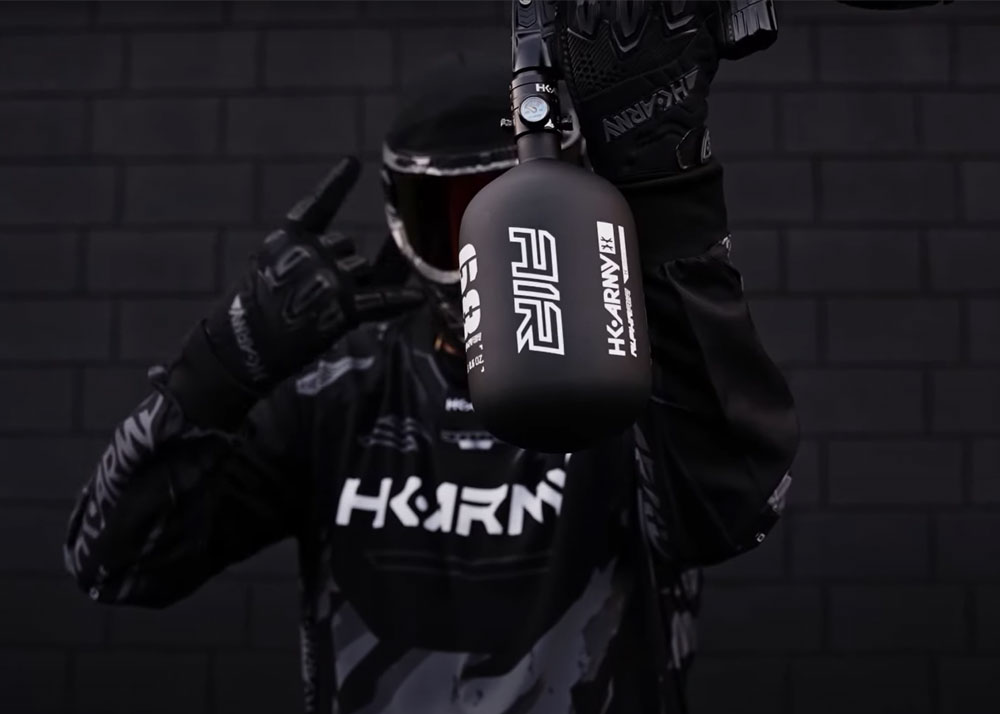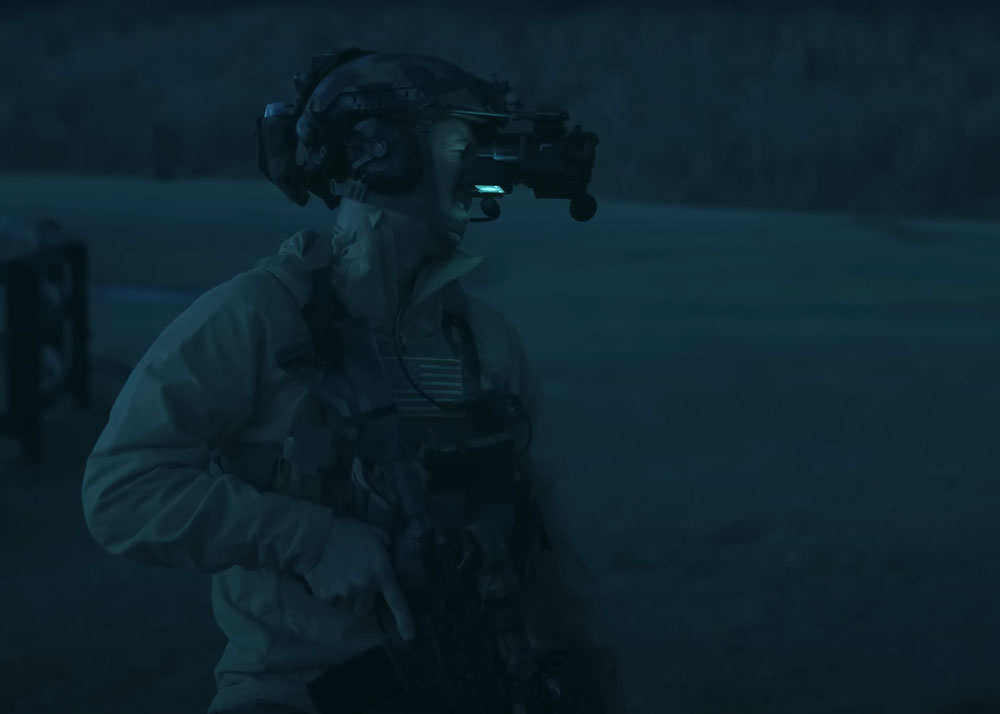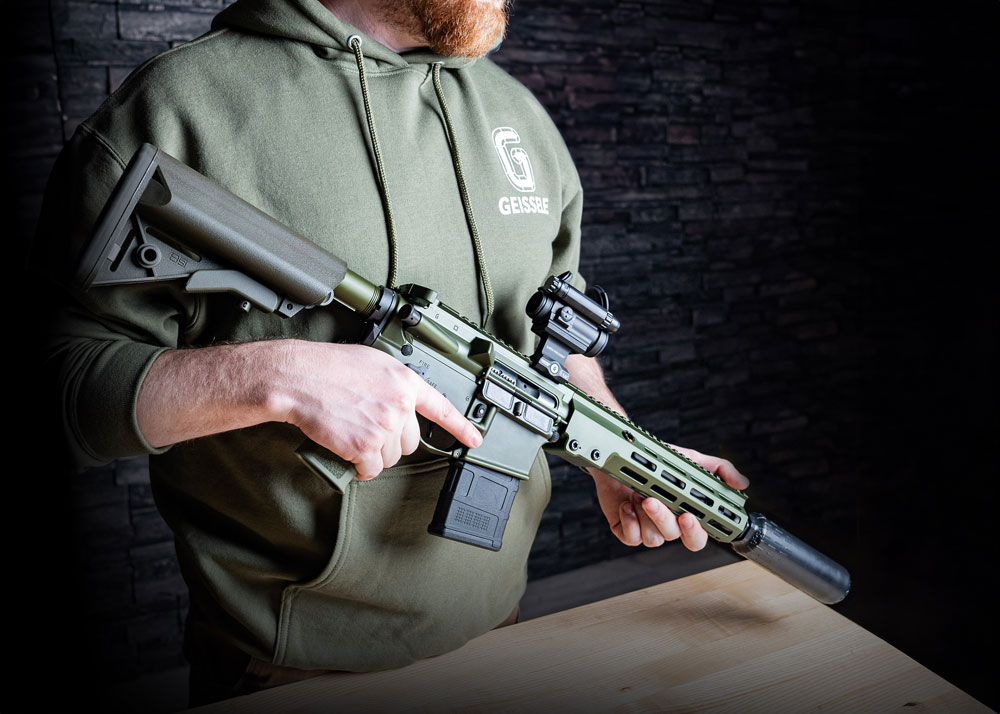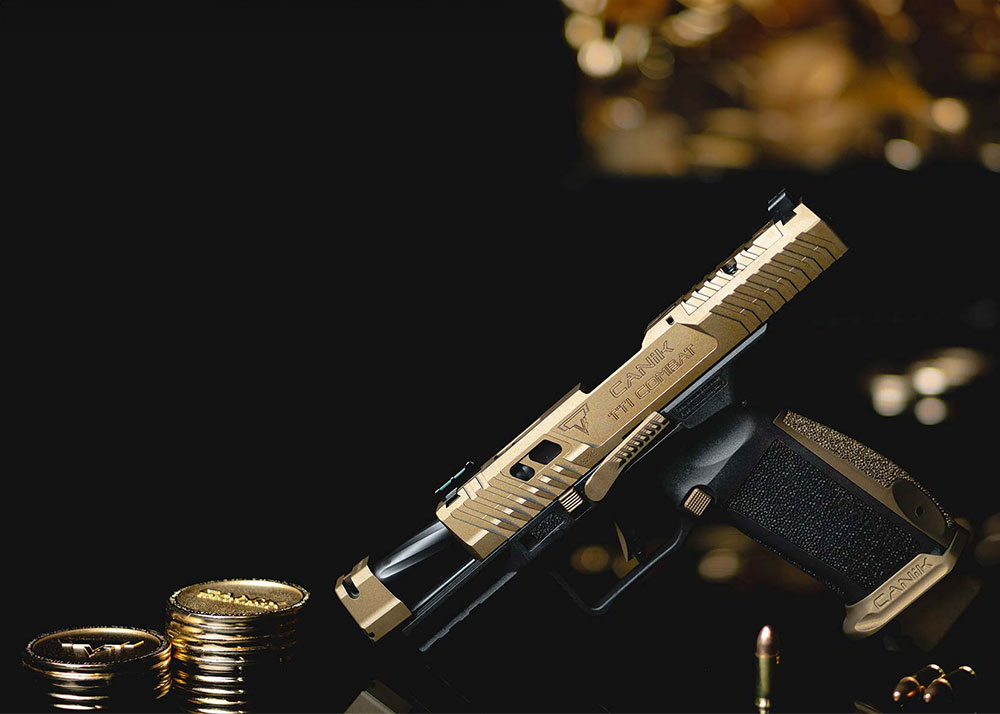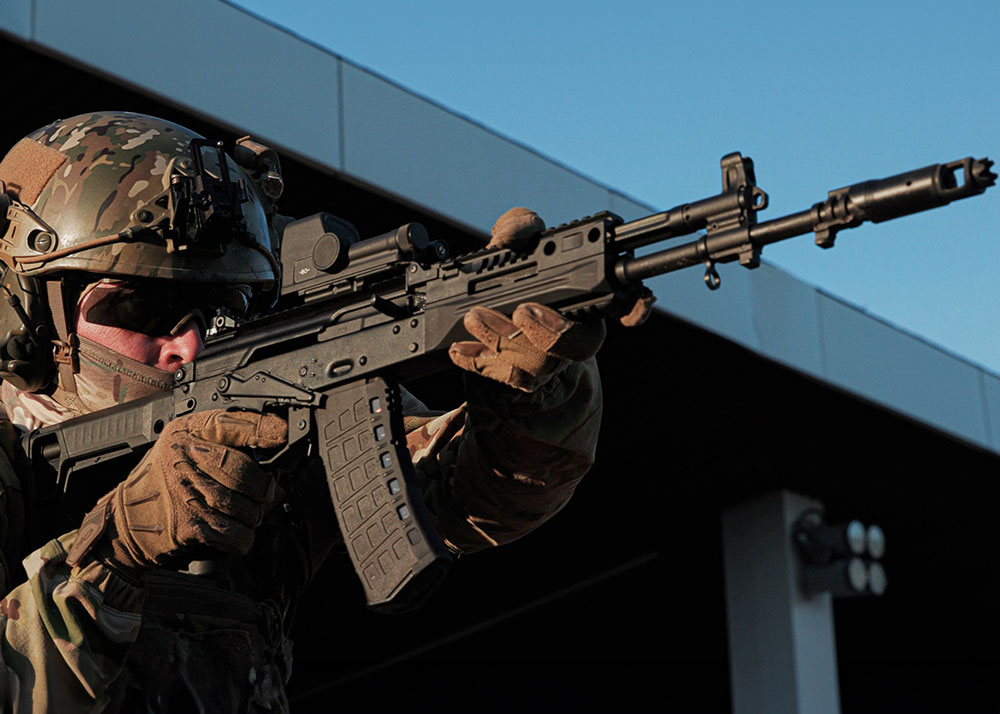U.S. Marine Captain’s Thesis Proves That Speed Kills In Combat
Logan
13 Jun 2019
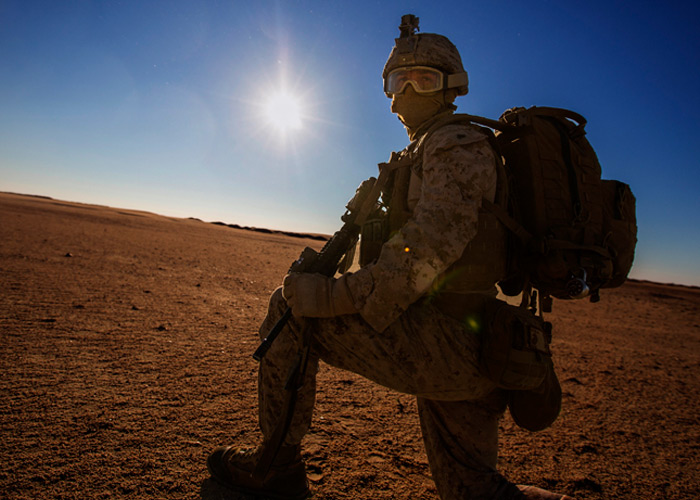
Loading up soldiers with more weight will lead to more casualties. We already know that a pretty much loaded combatant will move slowly and become a more attractive target to the enemy since for them it is an easier kill. It is just a matter of proving it to get a more measurable understanding that will guide designers of warfighting gear when planning out for the next kit for soldiers in the future.
So what separates a high-performing Marine from eventually becoming a combat casualty? As reported by Task and Purpose, it is 15 pounds as based on the thesis of U.S. Marine Corps Captain Courtney Thompson who was honored with the Military Operations Research Society (MORS) Stephen A. Tisdale Thesis Award at the Naval Postgraduate School (NPS) Department of Operations Research (OR).

Photo: Marine Corps Capt. Courtney Thompson presenting her thesis (Naval Post Graduate School)
Captain Thompson looked into how the amount of combat gear a Marine can carry affects their combat effectiveness for her thesis and noted that just 15 pounds can dramatically affect how a Marine can perform in combat. Task and Purpose cites Thompson who said, "I was pretty shocked that 15 pounds of gear on top of 43 pounds of gear was already enough." 43 pounds is the typical fighting load which includes a flak jacket, kevlar helmet, and other personal protective gear.
In a Government Accountability Office report, it was found out that by 2016 the average ground combat soldier or Marine in 2016 typically carries 120 pounds of gear. That is already a heavy load that when faced by lightfooted insurgents who are only equipped with ammo and their AK47s they cannot maneuver well. Reducing the load of the soldiers can also contribute to lesser casualties as they become faster and more maneuverable with lighter loads.
Her research found out that for most Marines a fighting load of 50 pounds or less and an assault load of 75 pounds or less would perform best. In terms of percentages, they can effectively carry 30% of their body weight as a fighting load, or 45% for the assault load.
Lessening the load of soldiers cannot happen overnight as existing gear for their protection and weapons may not yet contribute to the optimum fighting and assault loads. But this can help planners to look into configurations to make them more nimble without sacrificing protection and lethality. This will also make them think of future gear and weaponry that will be lighter for the soldiers to carry without compromising their combat effectiveness.
That should also be a consideration in airsoft. Players sometimes come laden with unnecessary gear for an airsoft game just for the “look”. While it can be good for photo ops, the game requirements may not call for all that gear to be used. We always recommend a fighting load in airsoft, which is more of a chest rig, primary, secondary, protective gear for eyes, knees, and hands, and hydration. So always plan accordingly and determine what to bring to an airsoft event without burdening yourself with too much gear.
Top photo: U.S. Marine Corps photo by Lance Cpl. Clarence Leake


